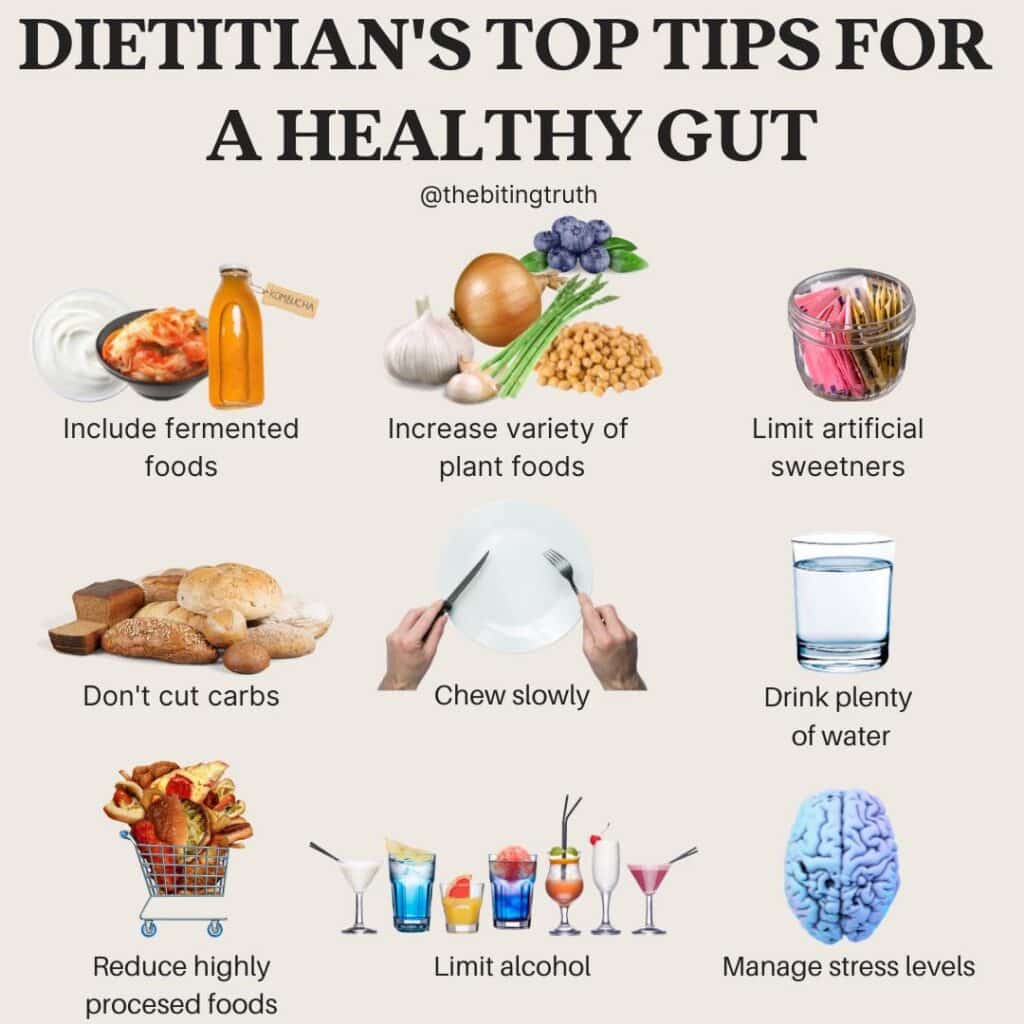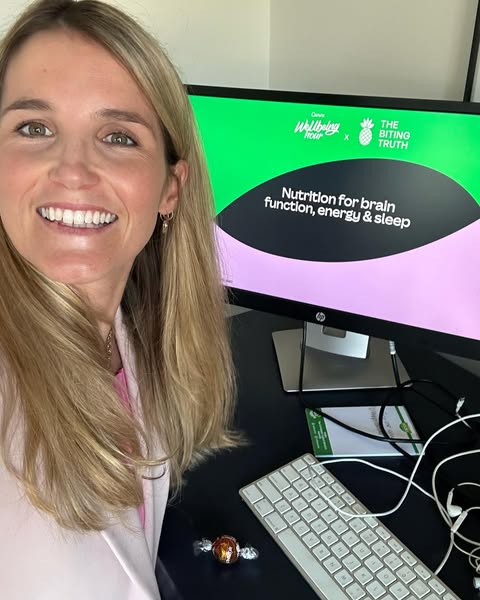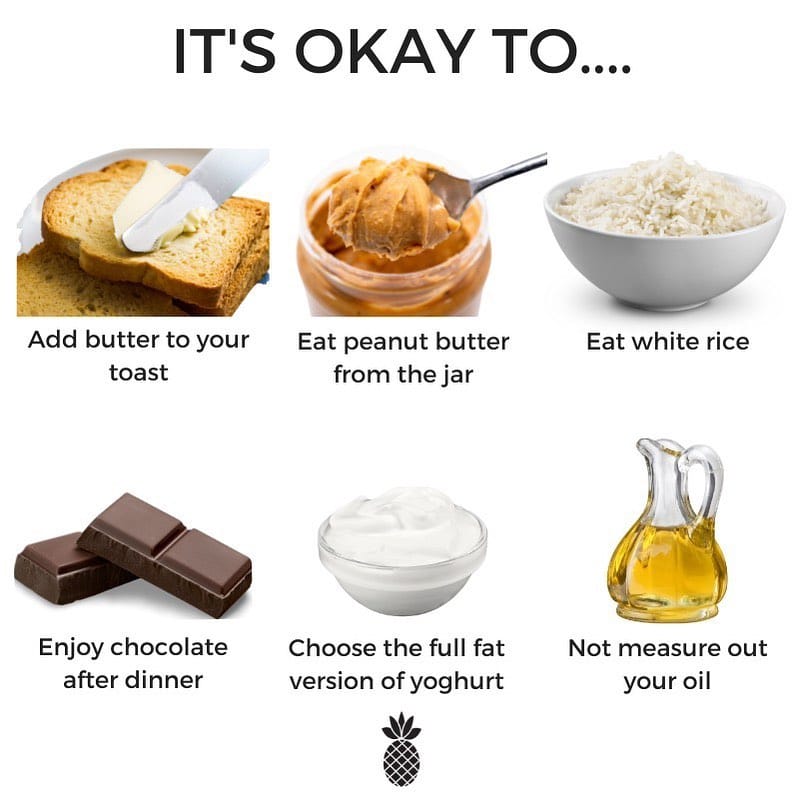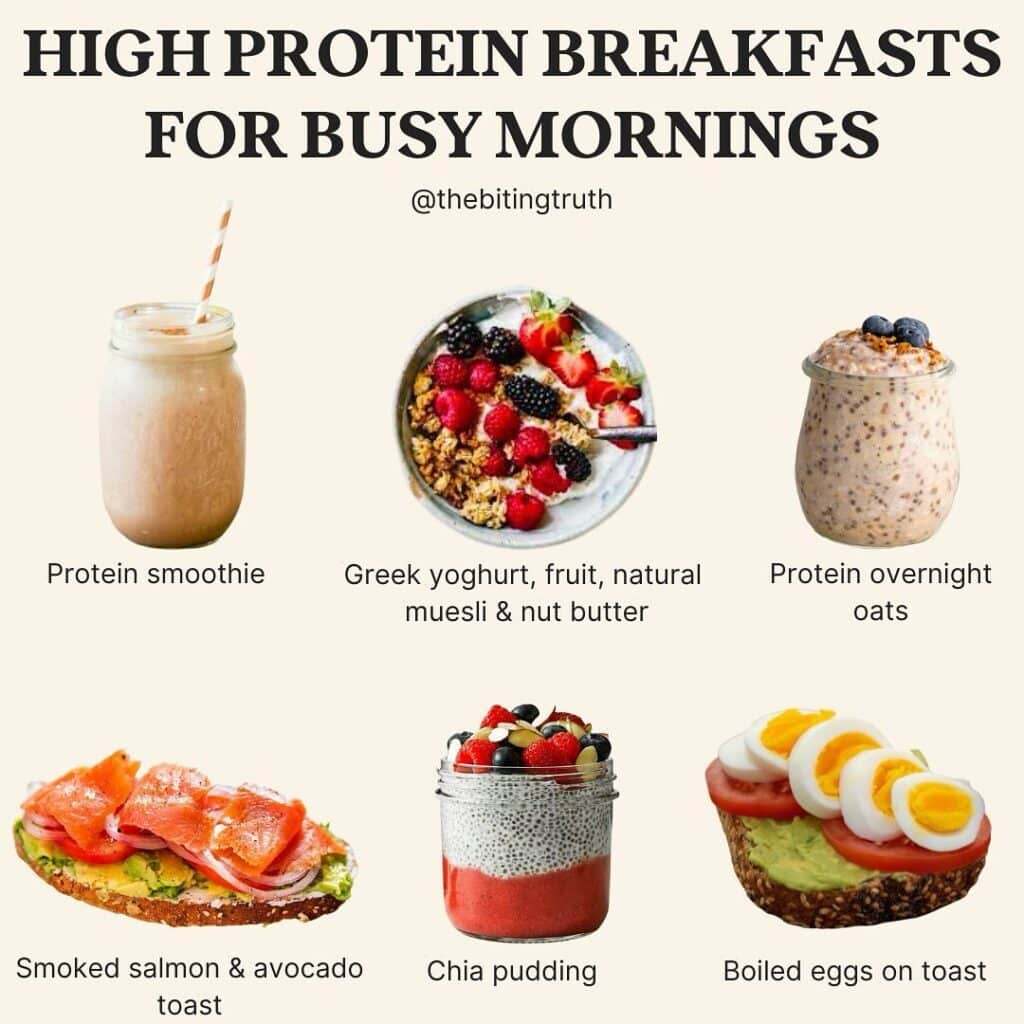Free shipping for orders over $80
Free shipping for orders over $80
Do you frequently struggle with bloating, gas, abdominal pain, nausea, or irregular bowel movements, and have been told there’s not much you can do? There’s hope! The Low FODMAP Diet has been shown to relieve symptoms for up to 70% of people with IBS (Irritable Bowel Syndrome). Here’s a straightforward explanation of what this diet is all about.
FODMAPs are a group of carbohydrates found in many common, healthy foods. While most people digest these carbohydrates without issues, some individuals with IBS have trouble breaking them down. This can lead to these carbohydrates passing undigested into the large intestine, where gut bacteria ferment them and produce gas, causing discomfort.
FODMAPs include:
For individuals with IBS, FODMAPs that aren’t absorbed in the small intestine travel to the large intestine, where they can cause two main issues:
The Low FODMAP Diet involves reducing high-FODMAP foods and replacing them with other healthy options. It has been scientifically validated to help manage IBS symptoms. The diet is implemented in three phases:
The Low FODMAP Diet isn’t about eliminating all FODMAPs permanently but finding which ones cause issues and managing them. It’s not a lifetime diet but a way to identify problem foods and tailor your diet accordingly.
For a list of high and low FODMAP foods, click here.
Not at all. FODMAPs are nutritious and beneficial for those who don’t have sensitivity to them. Only a small percentage of people with IBS need to follow a low-FODMAP approach. While the diet is gaining popularity, it’s not a weight-loss diet and should be used specifically for managing IBS symptoms.
If you have IBS or other gut issues, trying a low-FODMAP diet might help you find relief. By swapping high-FODMAP foods for lower ones, you could see significant improvements in your symptoms.
—






